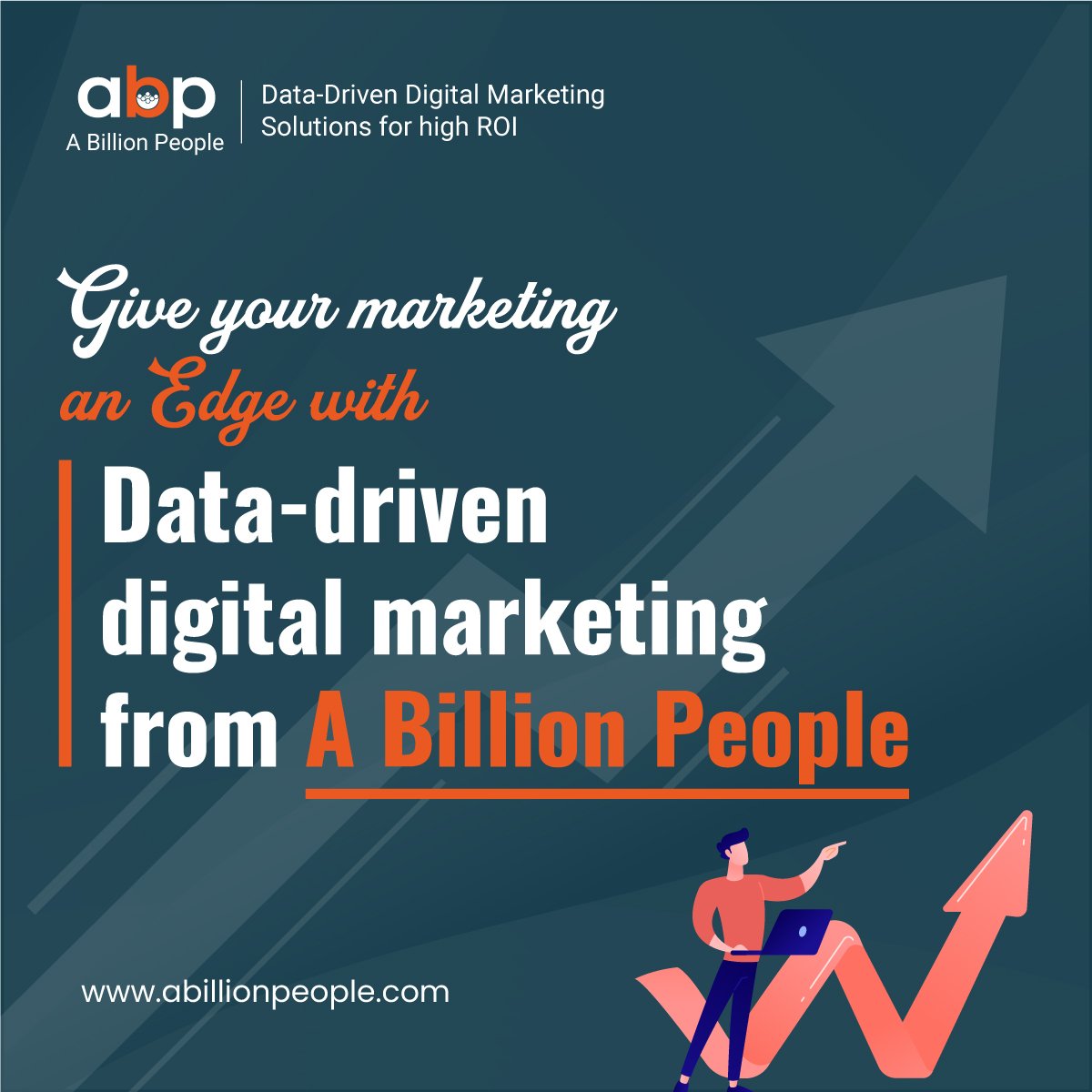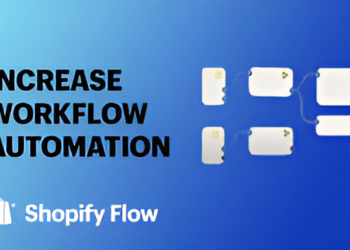“People will forget what you said, people will forget what you did, but people will never forget how you made them feel.” – Maya Angelou
In today’s bustling marketplace, where consumers are inundated with countless advertisements, promotions, and choices, understanding the psychology behind purchasing decisions is more crucial than ever. Buyers are not always the rational actors traditional economic theory once depicted. Instead, emotions often play a significant, if not dominant, role in the decision-making process. To thrive in sales, businesses must delve deep into the emotional triggers that drive buying behaviour. This blog explores the intricacies of buyer psychology and offers actionable insights into leveraging emotional triggers to boost sales.
The Basics of Buyer Psychology
Before diving into specific emotional triggers, it’s essential to understand some fundamental concepts of buyer psychology. At its core, buyer psychology examines how thoughts, feelings, perceptions, and external influences shape purchasing behaviours.
The Decision-Making Process
- Cognitive Biases: Human brains use mental shortcuts, known as heuristics, which often lead to cognitive biases. These biases significantly influence buying decisions.
- Stages of Decision Making: The decision-making process typically involves five stages: problem recognition, information search, evaluation of alternatives, purchase decision, and post-purchase behaviour.
Emotional vs. Rational Decisions
- Dual Process Theory: This theory suggests there are two systems in the brain: System 1 (fast, automatic, emotional) and System 2 (slow, deliberate, rational). Most purchasing decisions are driven by System 1.
- Impact of Emotions: Emotions such as fear, joy, surprise, and trust can override rational thought processes, leading consumers to make impulsive decisions.
Leveraging Emotional Triggers in Sales
To effectively leverage emotional triggers, it’s crucial to understand which emotions are most influential in the buying process and how to tap into them. Here are some powerful emotional triggers and strategies to use them effectively.
1. Fear and Uncertainty
Fear is a potent motivator, triggering a fight-or-flight response and pushing individuals to take action to avoid negative outcomes.
- Fear of Missing Out (FOMO): This is a powerful tool in marketing. Limited-time offers, exclusive deals, and flash sales create a sense of urgency, prompting consumers to act quickly.
- Example: Using countdown timers on e-commerce websites to highlight limited availability of products.
- Loss Aversion: People tend to prefer avoiding losses over acquiring equivalent gains. Highlighting potential losses can motivate action.
- Example: “Don’t miss out on saving 20% on your next purchase.”
2. Trust and Credibility
Trust is the foundation of any successful sales relationship. Without trust, even the best products may struggle to sell.
- Social Proof: Testimonials, reviews, and endorsements from satisfied customers build credibility and trust.
- Example: Displaying customer reviews prominently on product pages.
- Authority: Expertise and authority figures can significantly influence purchasing decisions.
- Example: Featuring endorsements from industry experts or showcasing awards and certifications.
3. Belonging and Community
Humans are social creatures who seek connection and belonging. Tapping into this desire can create a strong emotional bond with your brand.
- Creating a Sense of Community: Building communities around your brand through social media groups, forums, or customer events fosters loyalty and engagement.
- Example: Developing a brand-specific hashtag and encouraging customers to share their experiences.
- Inclusivity: Marketing campaigns that promote inclusivity and align with the values of your target audience can create a sense of belonging.
- Example: Featuring diverse models and inclusive messaging in advertising campaigns.
4. Joy and Pleasure
Positive emotions such as joy and pleasure can create a strong association with a brand, encouraging repeat purchases.
- Delight and Surprise: Small gestures that exceed customer expectations can create delight and foster loyalty.
- Example: Adding a handwritten thank-you note or a small freebie with a purchase.
- Aesthetic Appeal: Attractive packaging and design can enhance the overall experience and create a positive impression.
- Example: Investing in high-quality, visually appealing packaging.
5. Security and Comfort
Consumers seek products and services that make them feel safe and secure. Highlighting these aspects can reassure potential buyers.
- Money-Back Guarantees: Offering a risk-free trial or a money-back guarantee reduces perceived risk and builds trust.
- Example: “Try it for 30 days, risk-free. If you’re not satisfied, get your money back.”
- Reliable Customer Support: Ensuring responsive and helpful customer service can provide comfort and confidence in your brand.
- Example: 24/7 customer support and easily accessible help resources.
6. Identity and Status
Products and services that enhance one’s identity or status can be incredibly appealing. People often make purchases to express themselves or to improve their standing among peers.
- Luxury and Exclusivity: Premium products and exclusive offerings can appeal to consumers seeking status and prestige.
- Example: Limited edition releases and high-end product lines.
- Personalization: Tailoring products or services to individual preferences can make customers feel valued and unique.
- Example: Offering customization options or personalized recommendations.
Implementing Emotional Triggers in Sales Strategies
Now that we’ve covered the main emotional triggers, let’s look at how to implement these insights into your sales strategies effectively.
1. Content Marketing
Content is a powerful tool for connecting with your audience on an emotional level.
- Storytelling: Craft compelling narratives that resonate with your audience’s experiences and emotions.
- Example: Sharing customer success stories or behind-the-scenes looks at your brand’s journey.
- Educational Content: Providing valuable, informative content can establish your brand as a trusted authority.
- Example: Creating in-depth guides, tutorials, and industry reports.
2. Visual Marketing
Visuals can evoke emotions quickly and powerfully.
- High-Quality Imagery: Use professional photography and videography to create visually appealing content.
- Example: Showcasing your products in use through lifestyle images and videos.
- Emotional Appeals: Use imagery and colours that evoke the desired emotions in your audience.
- Example: Warm colours and smiling faces to evoke joy and happiness.
3. Email Marketing
Email remains one of the most effective channels for personalized communication.
- Personalization: Use customer data to tailor emails to individual preferences and behaviors.
- Example: Sending personalized product recommendations based on past purchases.
- Emotional Language: Craft subject lines and email copy that tap into the recipient’s emotions.
- Example: Using phrases like “Don’t miss out” or “Imagine the possibilities.”
4. Social Media Marketing
Social media platforms are ideal for engaging with your audience and creating emotional connections.
- Interactive Content: Use polls, quizzes, and interactive posts to engage your audience.
- Example: Hosting live Q&A sessions or Instagram story polls.
- User-Generated Content: Encourage customers to share their experiences and showcase them on your channels.
- Example: Running contests or campaigns that invite customers to share photos with your products.
5. Sales Techniques
The approach your sales team takes can significantly impact the emotional experience of potential customers.
- Active Listening: Train your sales team to listen actively and empathetically to customer needs and concerns.
- Example: Using customer feedback to tailor solutions and address pain points.
- Building Relationships: Focus on building long-term relationships rather than just closing deals.
- Example: Follow-up calls and personalized check-ins post-purchase.
Brands Leveraging Emotional Triggers Successfully
1. Apple
Apple is a master at leveraging emotional triggers, particularly those related to status and belonging. Through sleek design, innovative products, and a strong brand community, Apple creates a sense of exclusivity and high status. Their product launches are highly anticipated events that evoke excitement and desire.
2. Coca-Cola
Coca-Cola’s marketing campaigns often focus on joy and happiness. Their iconic “Share a Coke” campaign, where bottles were personalized with names, tapped into the desire for personalization and community, leading to a significant boost in sales.
3. Nike
Nike’s “Just Do It” slogan is a powerful emotional trigger that inspires motivation and determination. Their campaigns often feature stories of overcoming adversity, which resonate deeply with consumers’ aspirations and drive.
Measuring the Impact of Emotional Triggers
To ensure the effectiveness of leveraging emotional triggers, it’s crucial to measure their impact on your sales and marketing efforts.
1. Analytics and Metrics
Use analytics tools to track key metrics such as conversion rates, customer engagement, and sales growth. Look for patterns and correlations between emotional triggers and performance indicators.
2. Customer Feedback
Collect feedback directly from customers to understand their emotional responses to your marketing efforts. Surveys, reviews, and social media interactions can provide valuable insights.
3. A/B Testing
Conduct A/B testing to compare the effectiveness of different emotional triggers. Test variations in your marketing messages, visuals, and strategies to see which ones resonate best with your audience.
Conclusion
Understanding buyer psychology and leveraging emotional triggers in sales is not just a strategy; it’s an art form. By tapping into the deep-seated emotions that drive purchasing decisions, businesses can create powerful connections with their customers, foster loyalty, and ultimately drive sales growth. Remember, it’s not just about what you sell; it’s about how you make your customers feel. When you can evoke the right emotions, you transform transactions into meaningful experiences, ensuring your brand stays top of mind in an increasingly competitive marketplace.
By focusing on fear and uncertainty, trust and credibility, belonging and community, joy and pleasure, security and comfort, and identity and status, you can craft a multifaceted approach that resonates on a personal level with your audience. As you implement these emotional triggers in your sales and marketing strategies, continually measure their impact and refine your approach to stay aligned with your customers’ evolving needs and desires.
Ultimately, the power of emotional triggers lies in their ability to transcend the transactional nature of sales, creating lasting bonds and unforgettable experiences that keep customers coming back. Embrace the psychology of your buyers, and let emotions drive your success.


















